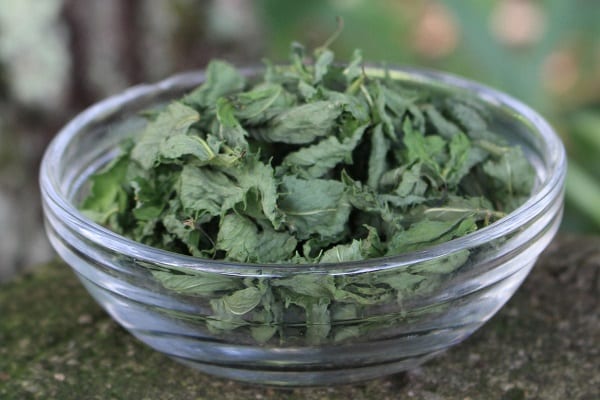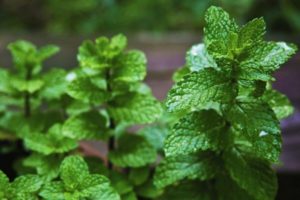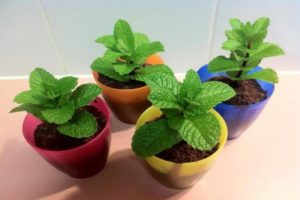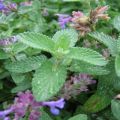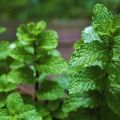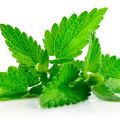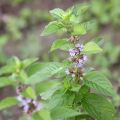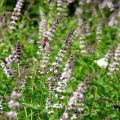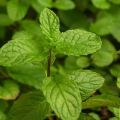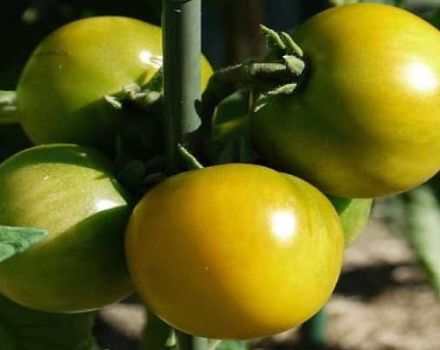Medicinal properties and contraindications of mint for the human body
Gardeners talk a lot about the medicinal properties and contraindications of mint. The well-known grass grows on every site. Mint tea is an integral part of the dacha menu.
Ogorodnikov is pleased with the unpretentiousness of the fragrant herb. It is planted once, and then for many years they try to limit the spontaneous distribution. The additional value of the plant is the attraction of pollinating insects. The cucumber garden located next to the mint amazes with the abundance of ovaries.
Beautiful summer residents use the herb for cosmetic procedures. The infusion frozen in cubes has the property of toning the skin of the face and narrowing the pores.

There are many types of the aromatic plant. They differ in color of leaves, stem height, richness of smell, astringency of taste. Gardeners can always choose a variety suitable for growing. But the most beneficial is peppermint. It is in it that the active components are combined in the required proportions.
The chemical composition and calorie content of the herb
The characteristic smell of peppermint was given by the essential oil present in it (2%). It contains cineole, pulegon, apinen, limonene. People perceive the combination of chemical compounds as a "mint" smell. The plant also contains:
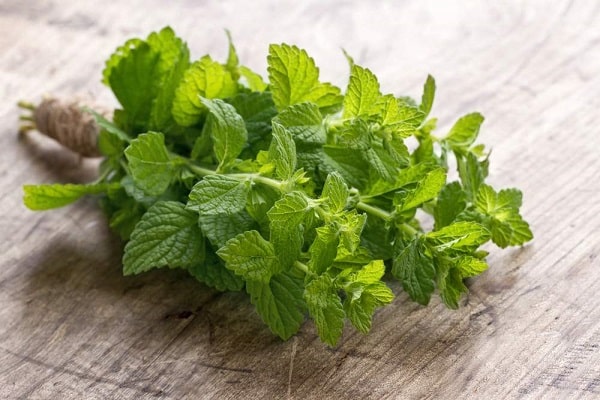
- menthol (esters of isovaleric and acetic acids);
- vitamins (B, A, C, PP);
- flavonoids;
- bitterness;
- tannins;
- organic acids;
- copper, iron, manganese, strontium (trace elements);
- phosphorus, potassium, calcium, sodium, magnesium (macronutrients).
100 g of mint contains: 0.94 g of fat, 3.75 g of protein, 79 g of water, 7 g of carbohydrates, 8 g of dietary fiber (fiber).
Due to its unique composition, active effect on the body and properties, peppermint is recognized as a medicinal plant. Gardeners have not only honey plants in their garden, but also a useful remedy... They can provide first aid or treat certain diseases with natural and delicious herbs.
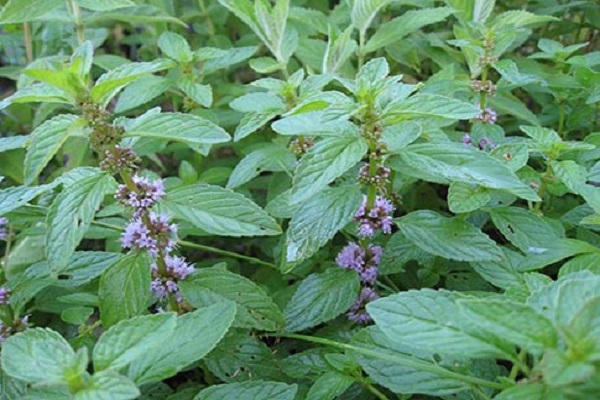
Healing and useful properties of the plant
Peppermint contains significant amounts of menthol. This determines the use of the plant for medicinal purposes. The properties of the herb determine the range of its application:
- All summer residents know about the benefits of mint as a sedative. It is worth brewing tea, drinking it with a spoonful of honey - and nervous excitement passes.
- Lotions from herbal infusion relieve pain from bruises and sprains.
- With regular use, the broth has the property of relieving the gardener from migraines and headaches.
- An infusion of fresh or dried mint leaves has healing properties. It improves digestion.
- The use of the herb treats flatulence, vomiting, and diarrhea.
- Inhalation helps to relieve cough, relieve swelling of the nasopharynx.
- Peppermint tea removes water from the body. This makes it easier for the cardiovascular system.
- Herbal preparations have choleretic properties.
- Toothache is relieved by rinsing with warm mint infusion.
- Tea and fresh herb have the ability to activate the brain.
- Menthol has the property of an anesthetic: it excites the nerve endings, a feeling of coldness arises. Small vessels are narrowed. The pain is reduced.
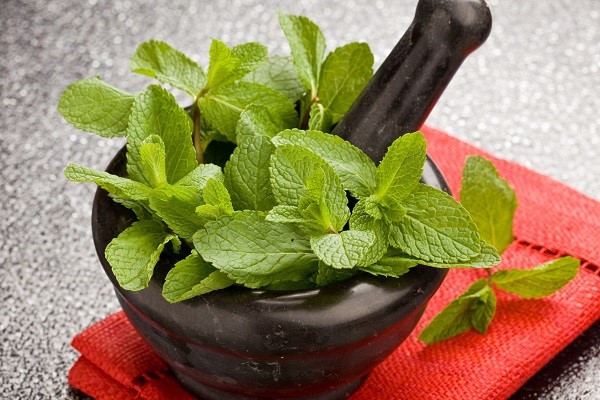
Regular consumption of mint (fresh, dried, tea, infusions or decoctions) is good for health: the plant has the ability to tone the body and strengthen the immune system. The unpretentious grass gives the gardeners vigor and good mood.
Application in traditional medicine
It is impossible to imagine traditional medicine without mint preparations. The features of the herb are revealed in tea, broths, infusions, oil. Peppermint is used fresh (salads) or dried (spices).
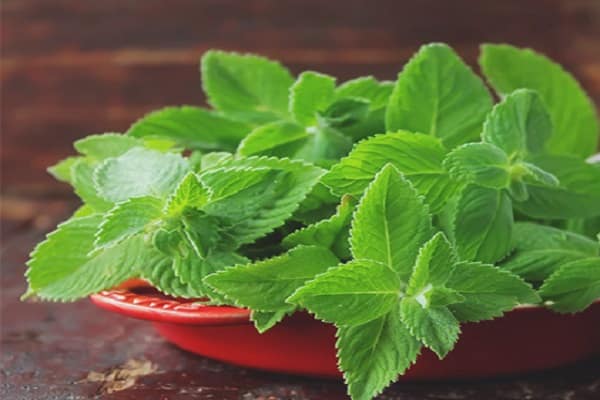
The medicinal properties of the aromatic herb can reduce the symptoms of colds and flu. Peppermint improves the functioning of the cardiovascular system, relieves pain.
Bunches of mint in the room freshen the air. Essential oils have the properties of calming the nervous system and improving sleep. The gardener falls asleep faster in such a bedroom.
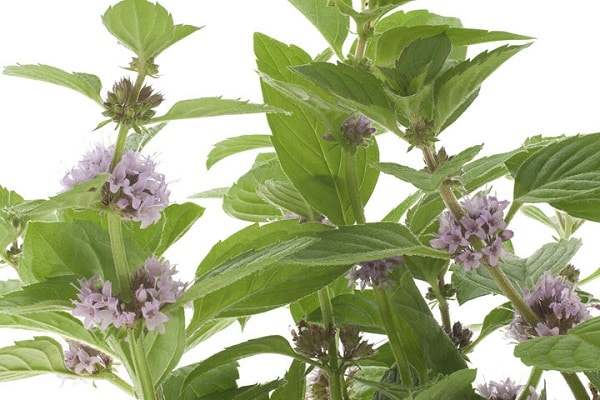
Essential oil
Produced by distillation from peppermint. The drug has antimicrobial and antiviral properties. The oil helps to get rid of heart pains (it includes "Valocordin"). Effectively cures colds and flu. When coughing, increases expectoration.
In folk medicine, recipes have been used:
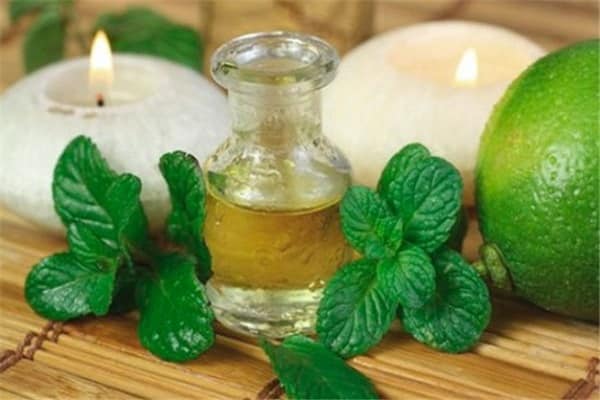
- with a cold, lubricate the wings of the nose;
- for headaches, rub the temples;
- when inhaling with a solution from a glass of water and 2-3 drops of oil.
Indigestion is treated by taking kefir with 2 drops of oil.
Peppermint oil features are used in aromatherapy. Water is poured into the phyto-lamp with 3-4 drops of the product. A burning candle is placed down. When water evaporates, the room is filled with a mint aroma. The gardener is resting and relaxing after a hard day.
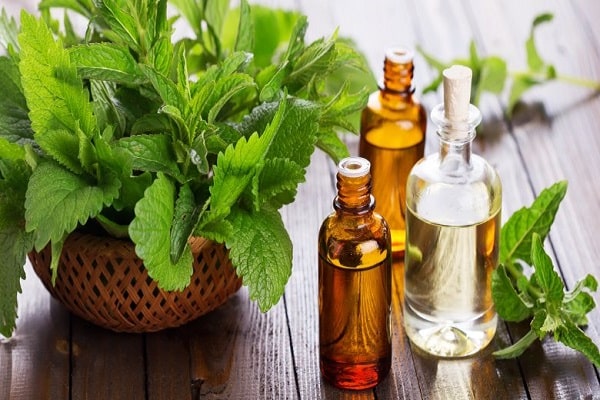
Infusion and decoction
The preparations differ in the preparation technology:
- For infusion, 2 tablespoons of fresh (or 1 dry) mint leaves are poured with a glass of hot water. Wrap up and leave to cool. They are filtering.
- For the broth, 2 tablespoons of fresh (or 1 dry) raw materials are poured with a glass of cold water. Heat under a lid in a water bath until boiling. Filter and cool.
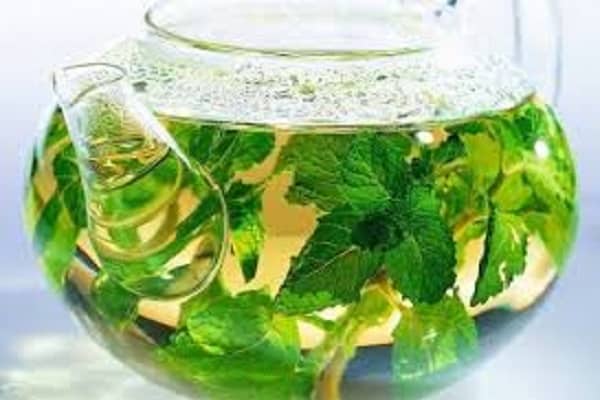
The funds are stored in the refrigerator for no more than a day: with longer storage, the beneficial properties of the plant disappear. The decoction of the plant is used in the treatment of respiratory diseases (rinsing, ingestion and inhalation), problems of the digestive tract, cardiovascular diseases.
Features of the infusion are used to relieve symptoms of arthritis. A glass of the product is poured into a warm bath. Reception time - 30 minutes.
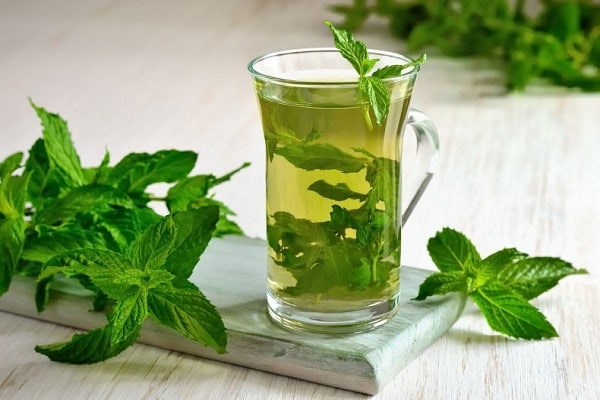
Peppermint alcohol tincture
To prepare the product, 100 g of chopped fresh peppermint leaves are poured into 0.5 liters of vodka. Kept in a cool dark place for 3 weeks. Shake every week. Then filter. The finished product is stored in the refrigerator.
The tincture has pain-relieving and relaxing properties. It is rubbed into the skin for bruises. For toothaches, rinsing with a teaspoon of tincture and a glass of warm water is effective. Spasms in the intestines relieve taking a glass of water with 15 drops of tincture before meals.
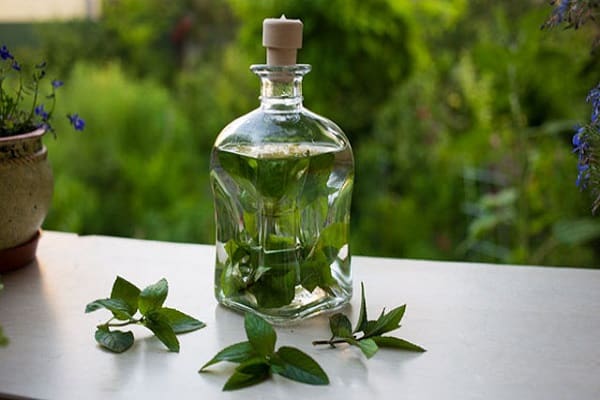
Peppermint tea
For preparation, use black, green tea or herbal preparations based on chamomile, thyme, rosehip. Peppermint leaves are added to the main brew.Pour hot water (80 degrees Celsius), insist. Lemon or honey is added before use.
This drink has the properties of quenching thirst, soothing... In hot weather, tea is consumed chilled, with the addition of ice cubes. In winter and autumn, the drink warms up and restores strength. It should be drunk after physical and mental exertion.
For women, a peppermint drink can help improve menstruation and menopause.

Mint in cooking
The unique properties of the plant are used in cooking. The dried herb is used as a seasoning in Provencal herbs. It is used for flavoring meat and fish dishes. Fresh leaves are added to vegetable and seafood salads.
Mint ice cream and sorbet are great refreshments in the heat. Aromatic oil is added to alcoholic cocktails. Dishes are decorated with original leaves.
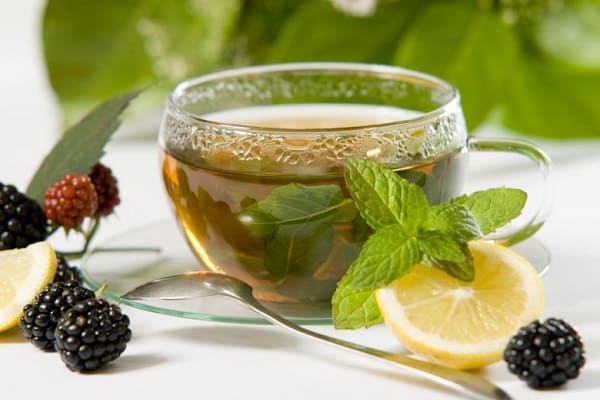
Mint in cosmetology
Body care takes advantage of the soothing, anti-inflammatory properties of peppermint. Lotion is used to wipe acne-prone, inflamed skin. Peppermint oil masks strengthen hair and restore shine to it.
Daily rubbing with mint ice on the face will eliminate fine wrinkles and increase skin elasticity. The whitening property of the herb is used to get rid of annoying age spots.
Rinsing the mouth with infusion or decoction effectively refreshes and disinfects the oral cavity. The whitening property of the plant is used to restore teeth to their original color: just add oil to toothpaste.
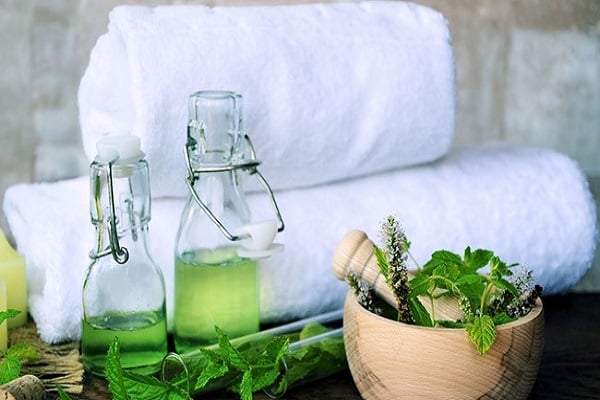
Contraindications and possible harm to the body
Peppermint properties are used to treat many ailments. But before starting use, you should familiarize yourself with the contraindications. The herb is harmful to people with low acidity of gastric juice. The plant tends to reduce it.
The plant should not be used:
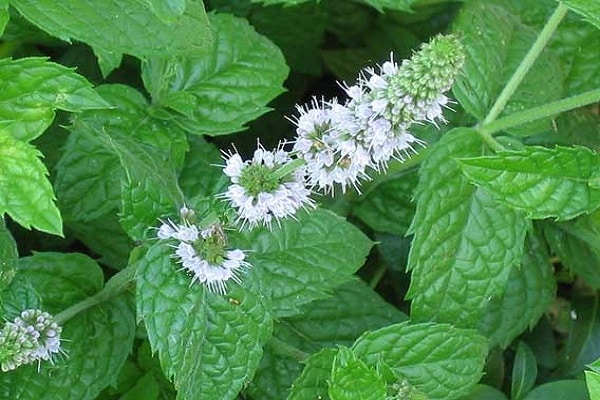
- gardeners with varicose veins;
- sexually active men;
- drivers or people with professions requiring increased attention and concentration;
- hypotonic;
- women undergoing treatment for infertility;
- children under 12 years old.
It is recommended to start taking the drug with small doses due to a possible allergic reaction. It is important for gardeners to remember: successful treatment consists in the competent and moderate use of the properties of mint.
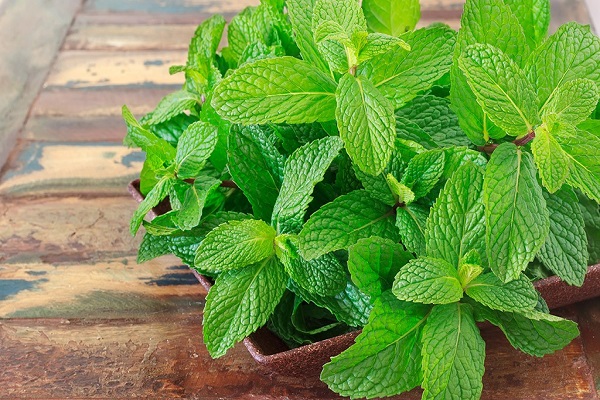
How to properly prepare raw materials
The most useful raw material is at the beginning of the flowering plant. It should be collected in dry weather in the morning (after dew dries) or in the evening (before dew falls). It is recommended to cut the stems at a height of 10-15 cm. The raw materials must be tied into loose bundles and hung in the shade (under a canopy, in a shed, on a veranda).
Dried plants should be poured into glass jars with ground-in lids. Store in a cool, dark place.
Alcohol tincture retains useful properties throughout the year. It can also be prepared in summer and used as needed.
Peppermint oil is difficult to make at home. It is sold in pharmacies.
